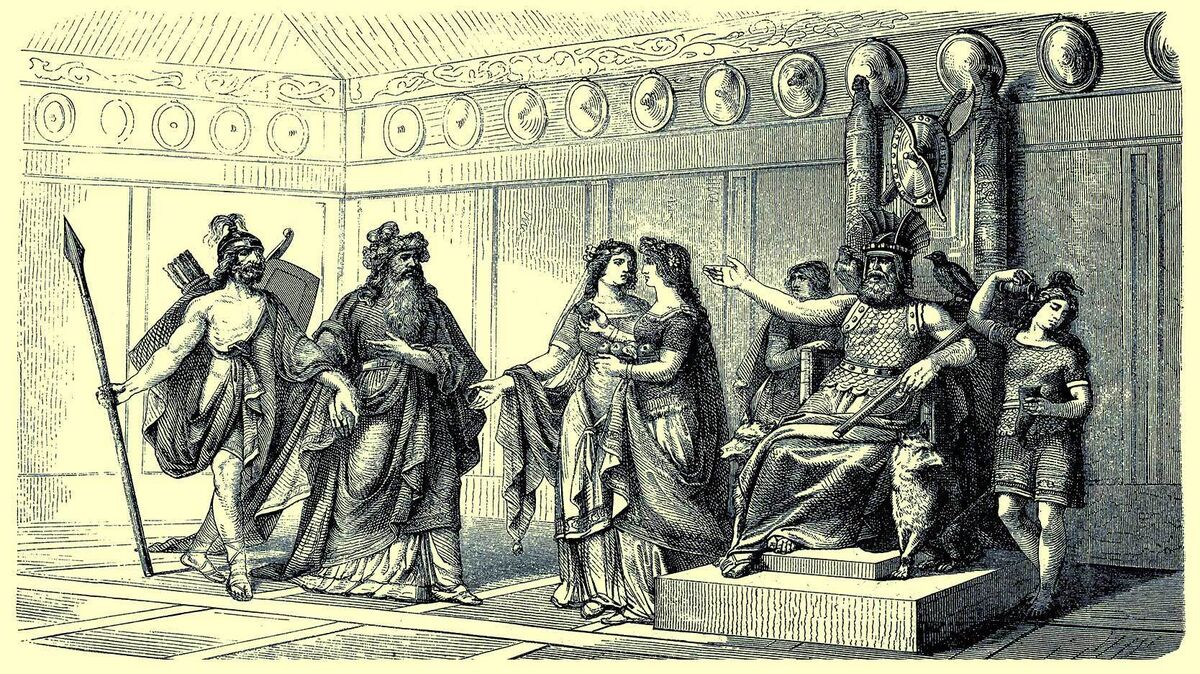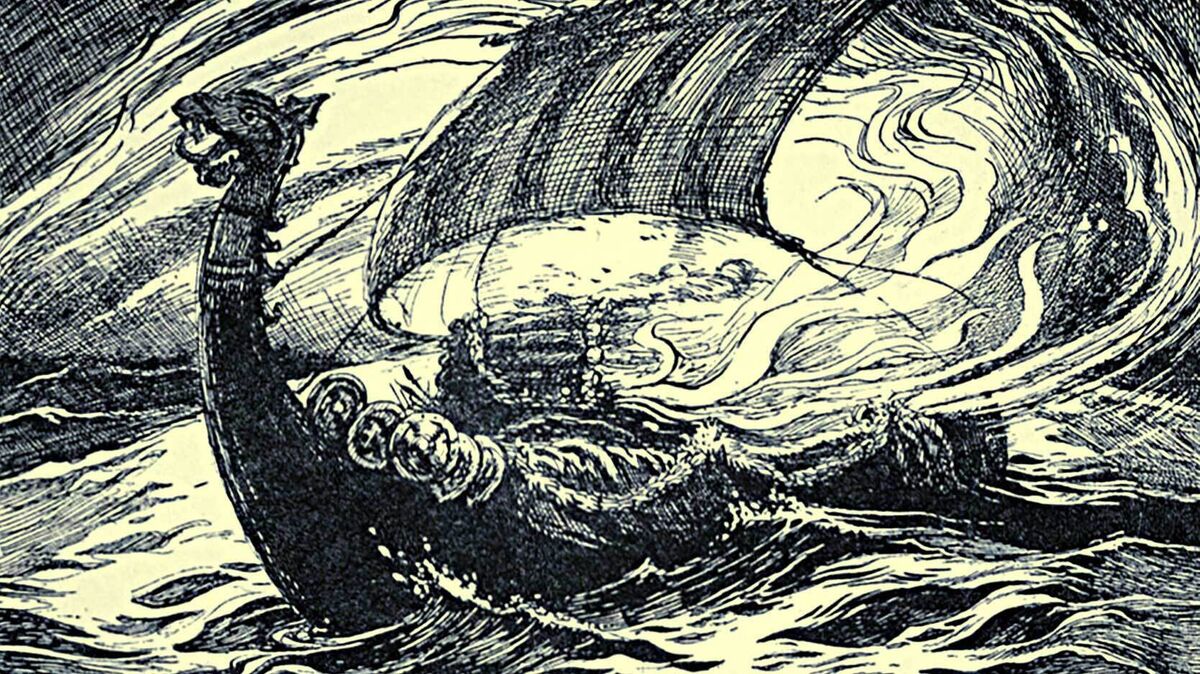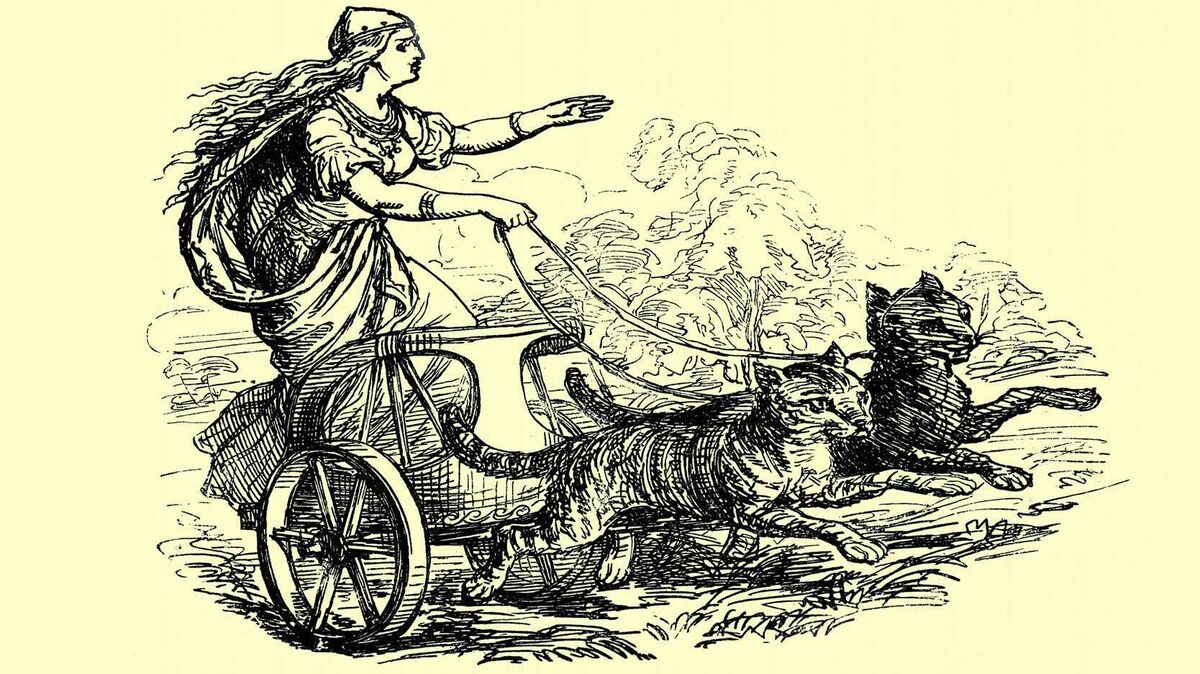
If you’re studying Norse mythology, it helps to have a list of Norse gods and goddesses handy so you can keep these important figures straight in your mind. There are actually two different pantheons of Norse mythology, and understanding the gods and goddesses in each makes it easier to study Norse literature and history.
Two Pantheons in Norse Mythology
Norse gods and goddesses fall into two pantheons or groups. The two groups, called the Æsir and Vanir, were said to have fought a war at the very start of time. The Æsir are the principal gods of Norse mythology, and the Vanir are older gods and goddesses that became less powerful after the war between the two pantheons.
The Eddas
The Norse gods and goddesses appear in the Eddas, two important works of Norse mythology: The Elder Eddas and The Younger Eddas are attributed to Saemund Sigfusson and Snorre Sturleson. These works of poems and prose date to the 12th and 13th centuries, and they detail the important myths and Norse gods and goddesses.
The Younger Eddas describe how the war between the two pantheons was resolved. Both sides spat into a kettle to declare peace and exchanged hostages. Odin went out with a great army against the Vanaland people; but they were well prepared, and defended their land; so that victory was changeable, and they ravaged the lands of each other, and did great damage. They tired of this at last, and on both sides appointed a meeting for establishing peace, made a truce and exchanged hostages.
Norse Gods List of the Æsir Pantheon
The Æsir pantheon includes many of the most significant gods from Norse myths. The female deities of the Æsir are called Ásynjur. Here are some of the most important Norse gods and goddesses from this pantheon.
- Odin - Called the one-eyed, all-father god, Odin is the king of the Æsir pantheon. According to Norse myths, he sacrificed one of his eyes to be all-seeing. Odin is also the Norse god of death and war.
- Frigg - Frigg is the Norse goddess of motherhood and marriage, and she is the wife of Odin. She is also the goddess of the sky.
- Baldr - Baldr is the son of Odin and Frigg, and he is the Norse god of purity and light. He was killed by his brother, Höðr.
- Forseti - Son of Baldr, Forseti is the Norse god of justice and reconciliation.
- Höðr - Twin brother of Baldr and son of Frigg and Odin, Höðr is known mostly for killing his brother. There are different versions of the Norse myth, but in one, Loki tricks him into the deed.
- Váli - Brother of Blaldr and Höðr, Váli avenges Balder by killing Höðr. Váli is also the son of Odin.
- Loki - Loki is the Norse trickster god, who sometimes works against the other gods. He can shapeshift into different forms, including a salmon.
- Thor - Thor is the son of Odin and Jörd, a giantess. He is the strongest Norse god and also the god of thunder, agriculture and fertility.
- Sif - Known for her flowing golden hair and position as the wife of Thor, Sif is also the goddess of fertility and wheat.
- Ullr - Ullr is the son of Sif and stepson of Thor. He is the god of individual combat and is said to be skilled with skis and a bow.
- Víðarr - Another son of Odin, Víðarr is the Norse god of vengeance. It is foretold in Norse myth that Víðarr will avenge Odin’s death someday.
- Týr - It’s unclear whether Týr, an older Norse god of war is related to Odin. He is depicted as having only one arm, since he sacrificed one in conflict.
- Iðunn - The Norse goddess of immortality, Iðunn was said to have apples or other fruits that she could give to people to make them immortal.
- Bragi - The husband of Iðunn, Bragi is also the Norse god of poetry.
- Fulla - Fulla is the Norse goddess of plenty and was the confidante of the queen of the goddesses, Frigg. She is also known as the “horse healer” because there is a Norse myth detailing how she helped to heal a foal.
- Heimdallr - Heimdallr is the watchman of the gods and has extremely sensitive hearing and eyesight. He also has a golden horn.
- Eir - Eir is the Norse goddess of medical skill. She may also be a valkyrie.
- Gefjon - Gefjon is the Norse goddess of agriculture and plowing. She may also be a symbol of fertility in some Norse myths.

List of Norse Gods and Goddesses of the Vanir Pantheon
There are fewer famous Norse gods and goddesses of the Vanir pantheon, but three important ones figure in a number of Norse myths mentioned in the Eddas.
- Njörðr - A Vanir god and father to Freyr and Freyja, Njörðr is the Norse god of the sea. He is also the god of fishing and seafaring.
- Freyr - Son of Njörðr, Freyr was one of the hostages in the Æsir and Vanir war. He is famous for being beloved and strong, hated by no one. He is the god of wealth, harvest, and peace.
- Freyja - Freyja is the Norse goddess of love, beauty, and grace. She is the daughter of Njörðr and sister of Freyr.

Norse Gods and Greek Gods: Are They the Same?
If you study literature, you’ll hear myths from around the world. Even though these stories come from different locations and cultures, they have much in common. Norse gods and Greek gods are not the same, but if you look at examples of Greek myths, you’ll find common ground between the two. Many of the Norse gods and goddesses share powers and qualities with their Greek counterparts.